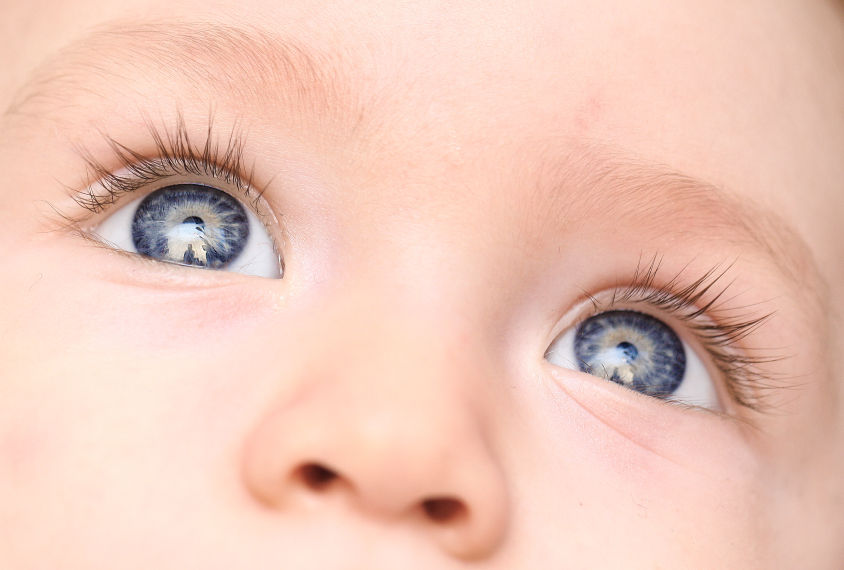
Gaze patterns in toddlers may predict autism
The gaze of children as young as 16 months old may help predict whether they have autism and reveal finer-grained details, such as their verbal and social abilities.
The gaze of children as young as 16 months may help predict whether they have autism and reveal finer-grained details, such as their verbal and social abilities.
The findings are based on tracking the gaze of more than 1,000 children aged 16 to 30 months.
Researchers presented the unpublished results today at the 2019 International Society for Autism Research annual meeting in Montreal.
Autistic people often prefer to view inanimate objects over people interacting. This atypical gaze pattern may help clinicians flag autism before other traits appear. The average age of diagnosis in the United States is 4 years.
Warren Jones and his colleagues used eye-tracking technology to follow the gaze of 689 children, including 300 with autism, as they viewed videos of social scenes. For instance, one video showed a boy and a girl playing with a toy car and arguing about whether to open or close the car’s door. The team created ‘heat maps’ to chart each child’s gaze over the course of the videos.
Typical children look at the same place at the same moment about 80 percent of the time. During these moments, however, children later diagnosed with autism tend to look elsewhere. For instance, while typical children focused on the face of the boy, the autistic children might focus on the door of the toy car.
The researchers then analyzed how well these gaze patterns predicted an autism diagnosis in an independent set of 370 children, including 187 with autism.
The eye-tracking task accurately predicts whether a child has autism 82.5 percent of the time, Jones reported.
The children’s performance on the task also tracks with their scores on both the Autism Diagnostic Observation Schedule — a gold-standard diagnostic tool — and a developmental assessment called the Mullen Scales of Early Learning.
The findings suggest that gaze predicts fine-grained information about children’s verbal, nonverbal and social abilities, says Jones, Norman Nien Distinguished Chair in Autism at Emory University in Atlanta.
“These measures are exciting because they map closely onto expert clinician diagnosis,” Jones says. “They are even more exciting than that because they actually don’t just say, ‘[autism] or non-[autism].’ They give these continuous levels of symptom severity.”
The next step is validating the tool for clinical use. Warren and his colleagues are enrolling 472 children at six clinical sites.
For more reports from the 2019 International Society for Autism Research annual meeting, please click here.
Recommended reading

Too much or too little brain synchrony may underlie autism subtypes

Developmental delay patterns differ with diagnosis; and more

Split gene therapy delivers promise in mice modeling Dravet syndrome
Explore more from The Transmitter

During decision-making, brain shows multiple distinct subtypes of activity

Basic pain research ‘is not working’: Q&A with Steven Prescott and Stéphanie Ratté
